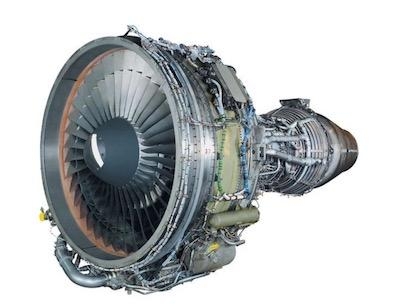Sun, Aug 01, 2021
AD 2021-14-13 Prompted By A Report Of An Uncontained Engine Failure Resulting From Cracks In The Knife Edge Of The HPT
The FAA is adopting a new airworthiness directive (AD) for all Pratt & Whitney (PW) PW2037, PW2037M, PW2040, and F117-PW-100 model turbofan engines.

This AD was prompted by a report of an uncontained engine failure resulting from cracks in the knife edge of the highpressure turbine (HPT) 2nd-stage air seal assembly. This AD requires fluorescent penetrant inspections (FPIs) and visual inspections of the HPT 2nd-stage air seal assembly and, depending on the results of the inspections, replacement of the HPT 2nd-stage air seal assembly with a part eligible for installation. This AD also requires replacement of the affected HPT 2nd-stage air seal assembly, depending on the engine model, at either the next engine shop visit or the next piece-part opportunity. The FAA is issuing this AD to address the unsafe condition on these products. This AD is effective September 1, 2021.
Supplementary Information: The FAA issued a notice of proposed rulemaking (NPRM) to amend 14 CFR part 39 by adding an AD that would apply to all PW PW2037, PW2037M, PW2040, and F117-PW-100 model turbofan engines. The NPRM published in the Federal Register on June 1, 2020 (85 FR 33043). The NPRM was prompted by a report of an uncontained engine failure resulting from cracks in the knife edge of the HPT 2nd-stage air seal assembly. After further analysis, it was determined that the knife-edge crack was due to seal rubbing that elevated the HPT 2nd-stage air seal assembly temperature and induced fatigue. In the NPRM, the FAA proposed to require initial and repetitive borescope inspections (BSIs), FPIs, and visual inspections of the HPT 2nd-stage air seal assembly and, depending on the results of the inspections, replacement of the HPT 2nd-stage air seal assembly with a part eligible for installation. The NPRM also proposed to require replacement of the affected HPT 2nd-stage air seal assembly, depending
on the engine model, at either the next engine shop visit or the next piece-part opportunity. The FAA is issuing this AD to address the unsafe condition on these products.
More News
“While legendary World War II aircraft such as the Corsair and P-51 Mustang still were widely flown at the start of the Korean War in 1950, a new age of jets rapidly came to >[...]
Decision Altitude (DA) A specified altitude (mean sea level (MSL)) on an instrument approach procedure (ILS, GLS, vertically guided RNAV) at which the pilot must decide whether to >[...]
Aero Linx: National Aviation Safety Foundation (NASF) The National Aviation Safety Foundation is a support group whose objective is to enhance aviation safety through educational p>[...]
Also: Cal Poly Aviation Club, $$un Country, Arkansas Aviation Academy, Teamsters Local 2118 In response to two recent general aviation accidents that made national headlines, more >[...]
“The FAA is tasked with ensuring our skies are safe, and they do a great job at it, but there is something about the system that is holding up the medical process. Obviously,>[...]
 Aero-News: Quote of the Day (04.28.25)
Aero-News: Quote of the Day (04.28.25) ANN's Daily Aero-Term (04.28.25): Decision Altitude (DA)
ANN's Daily Aero-Term (04.28.25): Decision Altitude (DA) ANN's Daily Aero-Linx (04.28.25)
ANN's Daily Aero-Linx (04.28.25) Airborne-Flight Training 04.24.25: GA Refocused, Seminole/Epic, WestJet v TFWP
Airborne-Flight Training 04.24.25: GA Refocused, Seminole/Epic, WestJet v TFWP Aero-News: Quote of the Day (04.29.25)
Aero-News: Quote of the Day (04.29.25)



